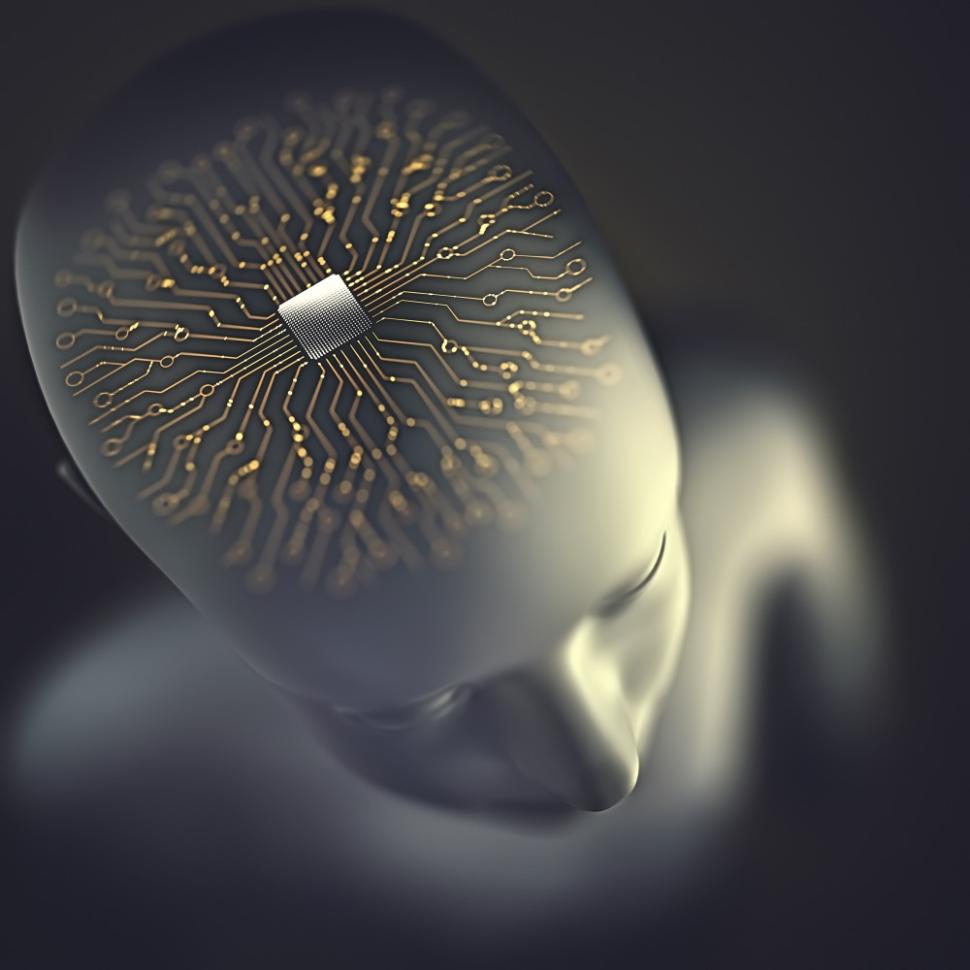What Are the Different Types of Brain Cells and How Do They Communicate?
The brain is the most complex organ in the human body, responsible for controlling and coordinating a wide range of bodily functions, including thought, emotion, memory, and movement. At the core of this complexity lies the intricate network of brain cells, or neurons, which communicate with each other to process information and carry out these functions.

Types Of Brain Cells
There are two main types of brain cells: neurons and glial cells.
Neurons
- Structure and Function: Neurons are specialized cells that transmit information through electrical and chemical signals. They consist of a cell body, dendrites, and an axon. The cell body contains the nucleus and other organelles responsible for the cell's metabolism. Dendrites are branched extensions that receive signals from other neurons, while the axon is a long, slender projection that transmits signals to other neurons.
- Different Types of Neurons: There are three main types of neurons: sensory neurons, motor neurons, and interneurons. Sensory neurons transmit sensory information from the body to the brain, motor neurons carry signals from the brain to muscles and glands, and interneurons connect neurons within the brain.
Glial Cells
- Structure and Function: Glial cells are non-neuronal cells that provide support and protection to neurons. They make up about half of the cells in the brain.
- Different Types of Glial Cells: There are four main types of glial cells: astrocytes, oligodendrocytes, microglia, and ependymal cells. Astrocytes help maintain the chemical balance of the brain, oligodendrocytes insulate axons to speed up signal transmission, microglia act as the brain's immune cells, and ependymal cells line the ventricles of the brain and help produce cerebrospinal fluid.
Communication Between Brain Cells
Brain cells communicate with each other through electrical and chemical signals.
Electrical Communication
- Action Potentials: When a neuron receives a signal from another neuron, an electrical charge called an action potential is generated. Action potentials travel along the axon of the neuron, carrying information to other neurons.
- Synapses: Synapses are specialized junctions where neurons communicate with each other. When an action potential reaches the end of an axon, it triggers the release of neurotransmitters, which are chemical messengers that cross the synapse and bind to receptors on the dendrites of other neurons.
Chemical Communication
- Neurotransmitters: Neurotransmitters are the chemical messengers that transmit signals between neurons. There are many different types of neurotransmitters, each with its own unique function. Some common neurotransmitters include dopamine, serotonin, and glutamate.
- Excitatory and Inhibitory Neurotransmitters: Neurotransmitters can be either excitatory or inhibitory. Excitatory neurotransmitters, such as glutamate, increase the likelihood that a neuron will fire an action potential. Inhibitory neurotransmitters, such as GABA, decrease the likelihood that a neuron will fire an action potential.
Importance Of Brain Cell Communication
Communication between brain cells is essential for various aspects of brain function, including:
Cognitive Processes
- Learning and Memory: Communication between brain cells allows for the formation of new neural connections and the strengthening of existing ones, which is essential for learning and memory.
- Decision-Making: Communication between brain cells allows us to weigh different options and make decisions by integrating information from various parts of the brain.
Motor Control
- Precise Movement and Coordination: Communication between brain cells allows for the precise control of movement and coordination by sending signals from the brain to muscles and glands.
Sensory Perception
- Perception and Interpretation of Sensory Stimuli: Communication between brain cells allows us to perceive and interpret sensory stimuli by processing information from our senses and creating a coherent representation of the world around us.

The intricate network of brain cells and their communication through electrical and chemical signals form the foundation of our cognitive abilities, motor control, and sensory perception. Understanding the different types of brain cells and how they communicate is crucial for gaining insights into the complex workings of the brain and developing treatments for neurological disorders.
YesNo

Leave a Reply